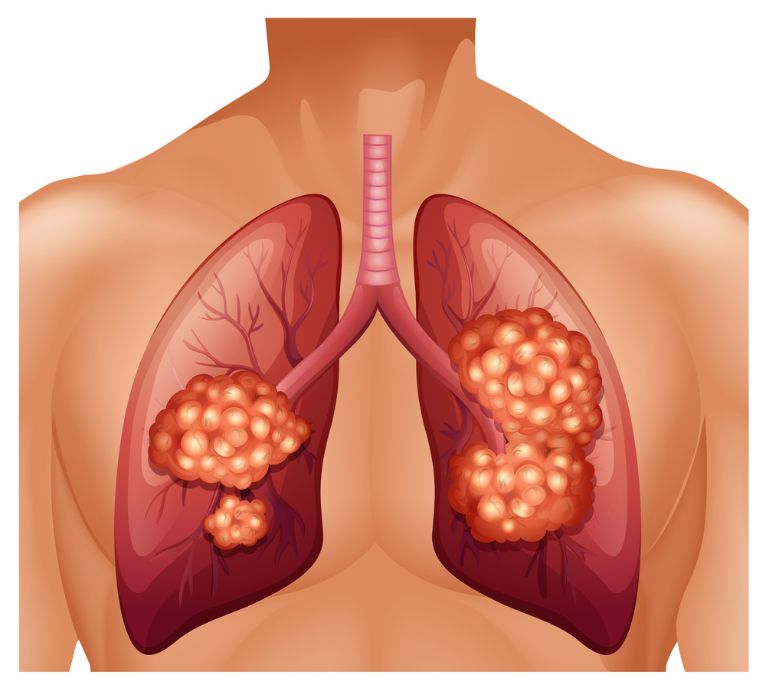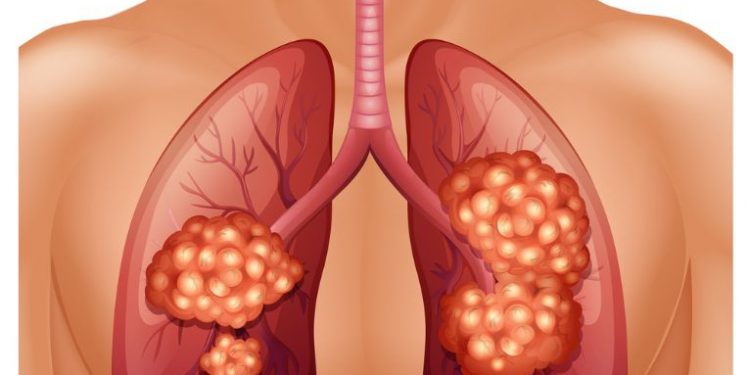Lung nodules are small abnormal growths that often appear on chest X-rays or CT scans done for other reasons. They are more common in people who smoke or have a history of lung disease such as chronic obstructive pulmonary disease (COPD). Nodules are also more likely to be cancerous than noncancerous. However, most cancers found at this stage are curable if caught early.
Approximately 95% of nodules found in the lungs are not cancerous. However, they may be caused by other health problems such as infections or inflammation of the lungs. A nodule can be either a solid or a cystic tumor. Some nodules are large, while others are very small.
Most lung nodules are found by chance and are too small to cause symptoms in most patients. They are most commonly detected by accident when a doctor is performing an imaging test for another reason such as a routine X-ray or a CT scan for another condition such as pneumonia or a heart attack.
When a lung nodule is discovered, doctors are usually very careful to evaluate it. They start by obtaining any previous imaging tests that may be available to compare the size and appearance of the nodule. They may then decide to perform a computed tomography (CT) scan, which produces a series of detailed pictures of the lungs taken from different angles. A pulmonologist, a specialist in the respiratory tract, is often called to interpret the results of these tests.

In addition to evaluating the size and appearance of a lung nodule, doctors also take into account a patient’s medical history as well as their smoking history when assessing whether it is cancerous or not. Certain characteristics of a nodule, such as a larger size and a prickly or spiked border, are sometimes considered indications of a higher risk of cancer.
A doctor who suspects that a lung nodule is cancerous may order a biopsy to confirm the diagnosis. This involves inserting a needle into the nodule using real-time imaging to guide the procedure. Alternatively, a physician can use a thin tube called a bronchoscope that goes down the throat into the lung to retrieve a tissue sample for evaluation under a microscope.
The sample of the nodule is then sent to a lab for further evaluation. The biopsy will show the type of cells that make up the nodule and can determine whether it is benign or cancerous. If it is malignant, the doctor will then consider what treatment option is best.
If the biopsy shows that a nodule is not cancerous, it will be monitored with repeated X-rays to see whether it grows or changes. Most benign nodules grow very slowly, if at all, while cancerous ones tend to double in size every four months.









